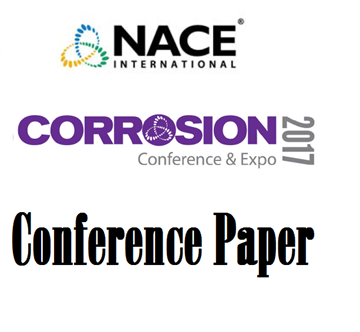Search
Products tagged with 'mitigation'
View as
Sort by
Display
per page
Internal Corrosion in Natural Gas Pipelines
Product Number:
51323-19507-SG
Publication Date:
2023
$20.00
NACE Publication 35110-2010-SG, AC Corrosion State-of-the-Art: Corrosion Rate, Mechanism, and Mitigation Requirements
Product Number:
24242-SG
$109.00
Quantification of Microbiologically Influenced Corrosion in Injection Water Pipelines
Product Number:
51317--9343-SG
ISBN:
9343 2017 CP
Publication Date:
2017
$20.00
Review Of The State Of The Art Of Siliceous Scale Management In Industrial Systems
Product Number:
51322-17731-SG
Publication Date:
2022
$20.00
Study on the Mechanism and Influencing Factors of High Voltage Direct Current Interference
Product Number:
51317--9293-SG
ISBN:
9293 2017 CP
Publication Date:
2017
$20.00
Use of Modern Technologies to Solve an Ageing Scaling Problem
Product Number:
51323-19296-SG
Publication Date:
2023
$20.00






